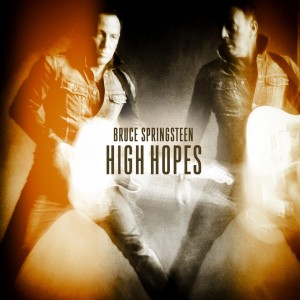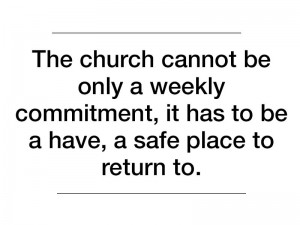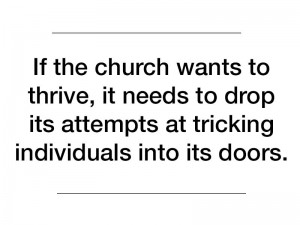The smash hit political drama House of Cards came roaring back this year in its second season, continuing the story of Vice President Francis “Frank” Underwood’s lust for power.
The show takes it cue from Shakespeare’s Macbeth. Francis and his wife Claire do whatever is necessary to take control and gain power in Washington, D.C. The political drama has it all: violence, murder, sex, revenge, drug abuse, and political manipulation. The show is also an exposition of the relationships that occur outside the political realm. Relationships between characters blur from the Capitol Building to a small barbeque stand in the city, of which Frank is a frequent customer. All the characters have their demons and passions, leading their own lives to satisfy their own desires. But the many side-characters that exist in the show are merely pawns to Frank and Claire’s grand scheme to take control. And yet for all this excitement the show takes a very slow pace. Climaxes are slow to build and slow to diffuse.
In a way, House of Cards attempts to mimic real life. Unlike shows like 24, where the president is involved in gunfights and assassination attempts, House of Cards is more political, with gears slowly turning, plans slowly unraveling, paths crossing, and enemies slowly building ammunition. This is a show that takes patience, and pays off only a little at a time. Despite the plot’s sluggish unraveling, there are enough shocking scenes to keep the viewer asking for more. The first episode of Season 2 may be the most shocking thing you have ever seen on television. But you will have to experience that for yourself.

Season 2 picks up the show’s plot from where it left off at the end of Season 1. The first season follows Underwood’s ascension from Majority Whip in the House of Representatives to United States Vice President. At the end of Season 1, we are left wondering how characters will respond to Frank Underwood’s immoral behavior as well the fate of a number of characters whose lives hang in the balance. In Season 2, Underwood continues to strong-arm President Garret Walker to the chagrin of Raymond Tusk, the President’s billionaire best friend, in an effort to consolidate his influence within the White House. After Underwood wins over the president, Tusk seeks revenge by attacking the reputation of everybody Frank loves. Underwood is forced to control the damage of Tusk’s actions while still maintaining his own influence over President Walker and Congress.
The slow pace of House of Cards, has the advantage in allowing the viewer to see the development of each character. Francis, for example, is calculating, aware of his plan to seize power from the very beginning. He is ruthless, willing to do whatever it takes to further his own career. He plays whatever role he needs and there no limits to what he will do, and indeed, what he actually does. Claire is as calculating as her husband. She is Lady Macbeth, willing to sabotage anyone who stands in the way of her and her husband’s success. She is calm and seductive when she needs to be, but equally biting and harsh when the situation calls for it. Doug, Francis’ right-hand man, evokes a level of compassion that none of the other characters ever quite achieve. Among all of the backstabbing and power struggles, Doug appears to be the only one who is grappling with his own demons: alcoholism and sex. Yet his character is still guilty on some level in participating in his boss’s venomous power struggle and manipulation. Doug understands, however, that he is Frank’s pawn, and often tries to work that to his advantage.
But before you go and decide that all of this amoral power struggling is not for you, it is well worth noting the quality of the acting that Kevin Spacey, Robin Wright, Kate Mara, and the rest of the cast deliver. Spacey’s gentile southern accent will have you convinced that he was born with a southern drawl and raised to southern hospitality. The actors live into their characters so well, it will become hard for you to remember that these are actors, and not cogs in the political machine. If you decide to watch House of Cards for no other reason, do it for Spacey’s superb acting.
The show is not for the faint of heart, however. This is a Netflix original series, which means that it is barely regulated. The language is very strong, there are some instances of graphic violence, and some of the sex-scenes are borderline pornographic. Unlike Game of Thrones, however, there is no important information contained in those scenes of graphic sexuality so it is easy to skip them.



